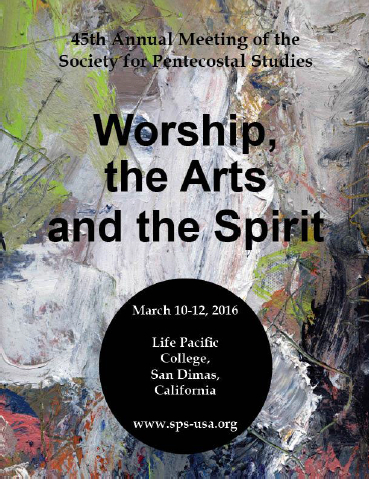Description
This paper sets the oft-told narrative of McPherson’s disappearance and alleged sexual misconduct into important aspects of the historical context of her era. Although the accusations against the evangelist were widely embraced by the Pentecostal community—and although they continue to exhibit a shaping effect upon her legacy and legend—this paper uses primary historical research to reexamine these events through the lens of emerging, powerful cultural forces, including entrenched female biases common in the post-Victorian era, the ascendance of the American mob, the public’s rejection of prohibition and revulsion against the Women’s Temperance Union and recent Suffragist gains, and the desire of the religious establishment to censure McPherson for casting off role assignment proclivities. By aggressively challenging the amusement industry at Venice Beach, McPherson may have slapped a hornet’s nest. The Southern Californian beach communities were strongholds for the Mob during Prohibition. During the years that Prohibition was in effect, (1920-1933) Canadian liquor was smuggled into Venice from off-shore rumrunners by high-powered motorboats that docked beneath the pier in the dead of night. Mobster Tony Cornero ran rum from Mexico to an underworld made thirsty by Prohibition.
This paper will revisit the story and provide a convincing theory that offers compelling, unexplored evidence that connects these events in McPherson’s life with the rowdy and colorfully distinctive characteristics of her time. In so doing, the reader will be offered new information with which to reexamine the cloud of bias that has hung for decades over the evangelist’s reputation and legacy.
“Scandal and Censure: A Reinvestigation of the Socio-Political Forces Surrounding the Disappearance of Aimee Semple Mcpherson”
This paper sets the oft-told narrative of McPherson’s disappearance and alleged sexual misconduct into important aspects of the historical context of her era. Although the accusations against the evangelist were widely embraced by the Pentecostal community—and although they continue to exhibit a shaping effect upon her legacy and legend—this paper uses primary historical research to reexamine these events through the lens of emerging, powerful cultural forces, including entrenched female biases common in the post-Victorian era, the ascendance of the American mob, the public’s rejection of prohibition and revulsion against the Women’s Temperance Union and recent Suffragist gains, and the desire of the religious establishment to censure McPherson for casting off role assignment proclivities. By aggressively challenging the amusement industry at Venice Beach, McPherson may have slapped a hornet’s nest. The Southern Californian beach communities were strongholds for the Mob during Prohibition. During the years that Prohibition was in effect, (1920-1933) Canadian liquor was smuggled into Venice from off-shore rumrunners by high-powered motorboats that docked beneath the pier in the dead of night. Mobster Tony Cornero ran rum from Mexico to an underworld made thirsty by Prohibition.
This paper will revisit the story and provide a convincing theory that offers compelling, unexplored evidence that connects these events in McPherson’s life with the rowdy and colorfully distinctive characteristics of her time. In so doing, the reader will be offered new information with which to reexamine the cloud of bias that has hung for decades over the evangelist’s reputation and legacy.





